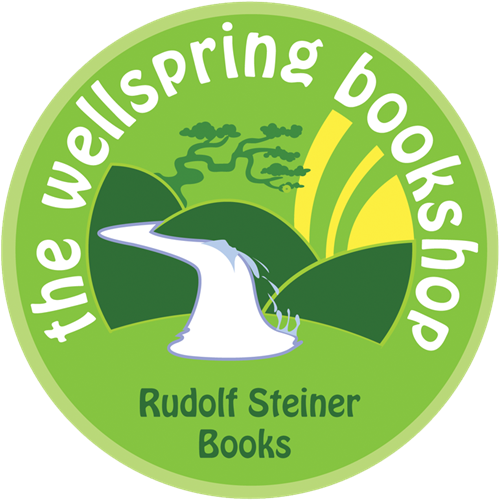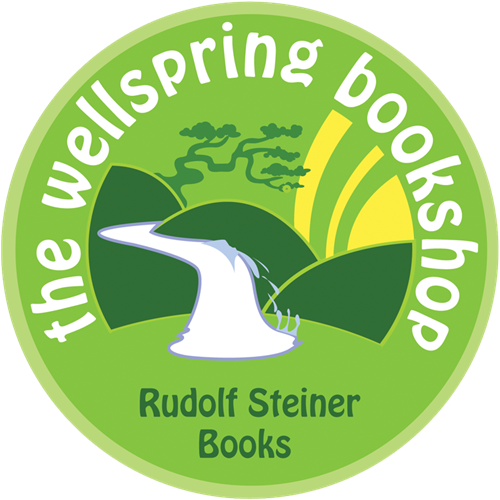Rudolf Steiner was born to a minor railway official and his wife in 1861, in an area that was then part of Austria, but is today the border area between Croatia and Hungary. From boyhood he had, as he later wrote in his autobiography, ‘burning questions about life and the world and the soul’. This was in part provoked by his natural clairvoyance, yet what was to drive him throughout his life was the reconciliation of that clairvoyant experience with spirit of science which was the hallmark of the time into which he had been born.
Throughout his life he was vigorously committed to this latter as the correct and necessary evolutionary path of human knowledge. Thus he chose to train in the ways of science, graduating in maths, physics and chemistry at the Technical University in Vienna in 1883. Throughout his time in Vienna however he, struggled with a painful but necessary decision he had made to defer serious work on his avowed goal - the uniting of the world of natural science with the world of spirit.
Conspicuously successful in his studies, Steiner had by the age of 25 written introductions and commentaries for four volumes of Goethe’s scientific work and published a book on Goethe’s theory of cognition. These met with sufficient scholarly acclaim that he was invited to the Goethe Institute in Wiemar, Germany in the role of scientific editor to a new edition of Goethe’s works.
Although this role occupied him through to the age of 35, Steiner during the same period, found time to collaborate on a complete edition of the works of Schopenhauer and to earn a Ph.D. from Rostock University.
His doctoral thesis (concerned with matters relating to Fichte´s concept of the ego) reflected an interest which was not only to be life-long, but was also fundamental to his quest for forms of science capable of tackling the question of spirit - namely, the nature of human individuality.
As well as Fichte, and Schopenhauer, Steiner also studied extensively the work of Kant (from the age of 16), Schiller, Hegel, Nietzche (with whom he had a personal relationship), and others.
Yet in the end it was Goethe´s work which held the most promise for helping to bring questions concerning spirit within the compass, not merely of experience, but of something which could be called rigorous knowledge in a way comparable to undeniable rigour of materialistic science.
Here we must digress a little to Goethe´s work, for it is foundational to Steiner´s: An unusual achievement in any era, Goethe was highly accomplished in both science and the arts. Even to the point that he was able to experience them not as two separate arenas at all, but as different dimensions of the same arena. Thus his approach to science began with an aesthetic attitude, and a conception of nature not as a set of disparate phenomena but as a unity, in which every phenomenon must be a morphological development of other phenomena. Next he strove for direct and participative knowing, in which “the phenomena themselves become the theory”.
Such knowing, in the Goethean approach, requires entering perceptively into the morphological processes at work, allowing them to play themselves out as archetypes in observer´s consciousness, so as to reveal underlying truths.
Recommended Further Reading:
Autobiography: Chapters in the Course of My Life: 1861-1907 by Rudolf Steiner

